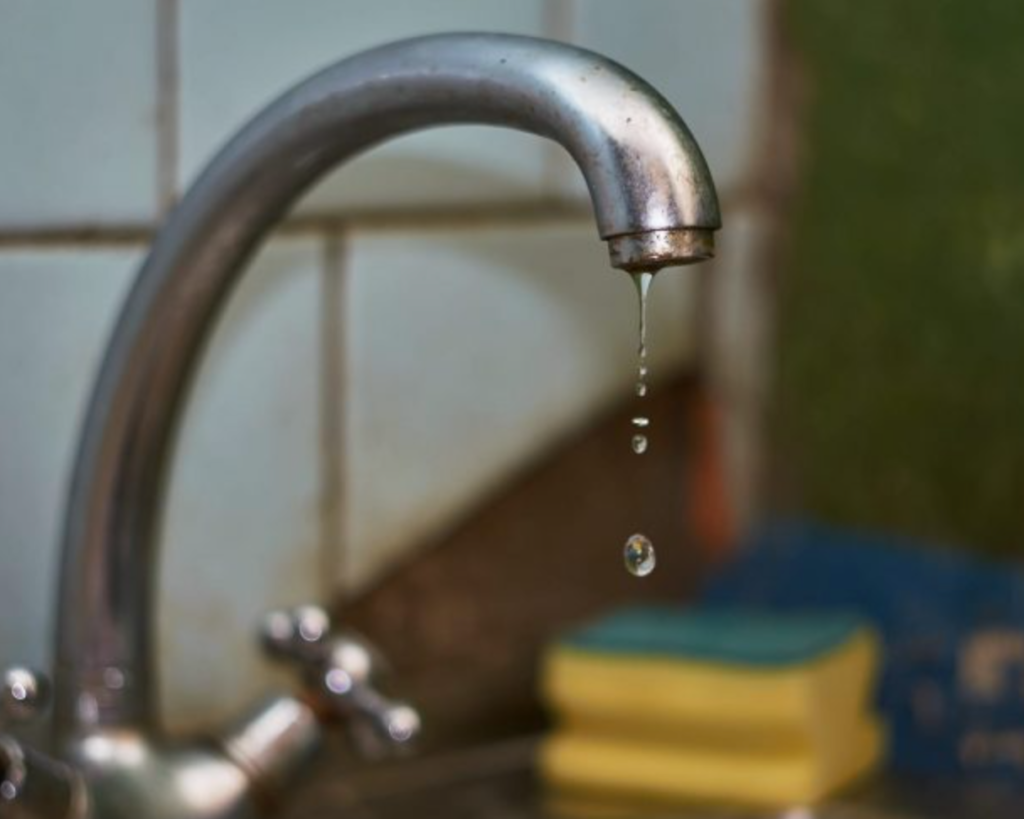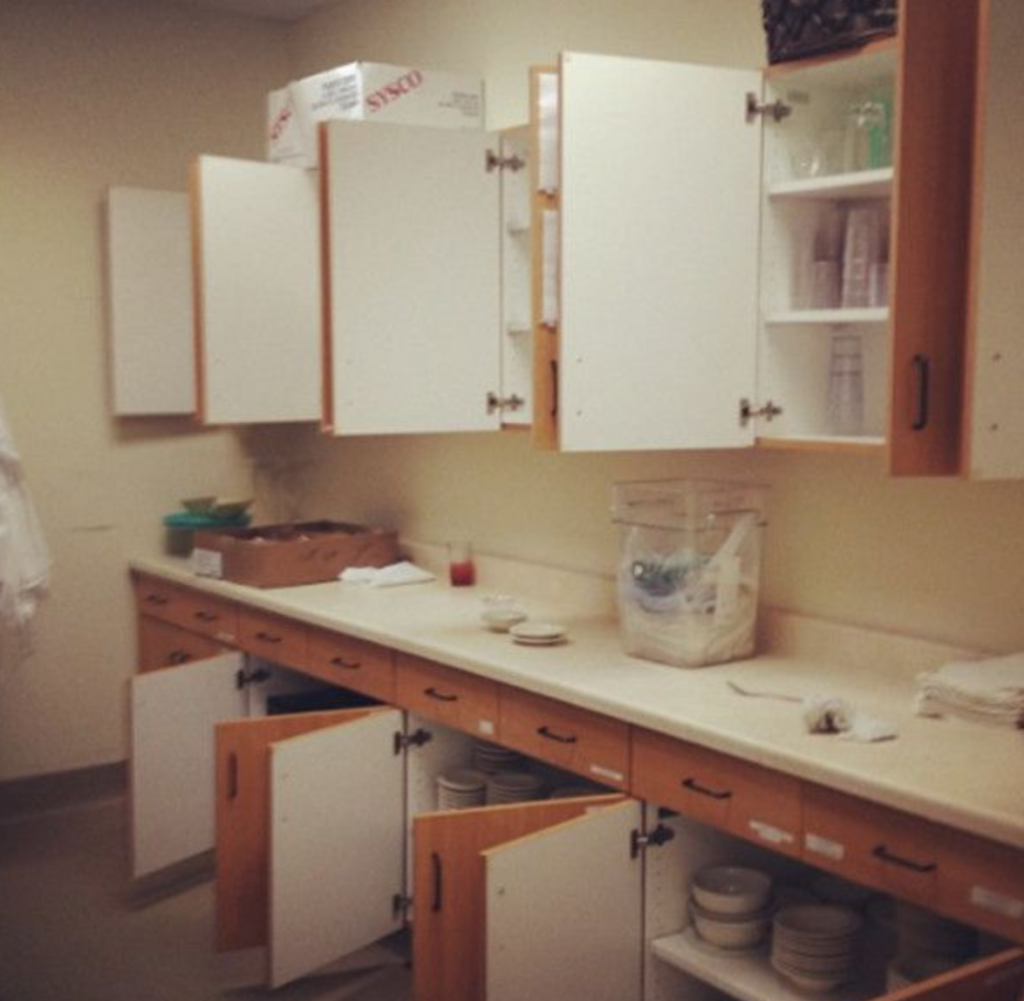As the winter season approaches, homeowners must take proactive measures to protect their plumbing from the potential dangers of freezing temperatures. Frozen pipes can lead to costly damages, including burst pipes and water damage to your home. Take advantage of these essential tips to help you safeguard your home pipes during winter, ensuring a trouble-free season.
Understanding the Risks
Before delving into preventive measures, it’s crucial to understand why pipes are susceptible to freezing. When water inside pipes freezes, it expands, creating immense pressure that can cause pipes to burst. This is particularly common in exposed or poorly insulated pipes, as well as in unheated areas of your home. By implementing the following tips, you can mitigate the risk of frozen pipes and safeguard your home against potential disasters.
Insulate Exposed Pipes
The first line of defense against freezing pipes is insulation. Insulating exposed pipes, especially those in unheated or exterior areas of your home, can prevent them from reaching freezing temperatures. Pipe insulation sleeves, made from foam or fiberglass, are readily available at home improvement stores and are easy to install. Pay special attention to pipes in crawl spaces, attics, and basements, as these areas are more susceptible to the cold.

Seal Drafts and Air Leaks
Cold drafts can contribute to freezing pipes, so it’s essential to identify and seal any drafts or air leaks in your home. Check for gaps around windows and doors, and use weatherstripping or caulk to seal them. Additionally, ensure that any openings in walls or floors where pipes pass through are properly sealed to prevent cold air from infiltrating your home.
Keep a Consistent Temperature
Maintaining a consistent indoor temperature is crucial during the winter months. Set your thermostat to a temperature that prevents freezing, even when you’re away from home. While it may be tempting to lower the thermostat to save on heating costs, the potential damage caused by frozen pipes can far exceed the energy savings. Aim to keep your home temperature above 55 degrees Fahrenheit to ensure pipes remain unfrozen.
Drip Faucets During Extreme Cold
In extremely cold weather, allowing faucets to drip slowly can prevent pipes from freezing. The constant movement of water, even at a slow rate, helps alleviate pressure within the pipes, reducing the risk of freezing. Focus on faucets located along exterior walls or in unheated areas of your home. While this method may increase your water bill slightly, it is a small price to pay compared to the potential cost of repairing burst pipes.

Disconnect and Drain Outdoor Hoses
Outdoor hoses connected to faucets can pose a significant risk during winter. Disconnect hoses and drain any remaining water to prevent it from freezing inside the hose and extending into the connected pipes. Consider installing insulated hose bib covers on exterior faucets to provide an extra layer of protection against the cold.
Use Heat Tape
Heat tape, also known as heating cable, can be a valuable tool in preventing frozen pipes. Wrap heat tape around vulnerable pipes, particularly those in uninsulated or exposed areas. This electrically powered tape generates heat, helping to maintain a suitable temperature and prevent freezing. Be sure to follow the manufacturer’s instructions when installing heat tape to ensure proper and safe usage.
Open Cabinet Doors
In homes with plumbing located within cabinets, such as under sinks, opening cabinet doors can promote better air circulation and prevent cold spots. This allows warm air to reach the pipes, reducing the likelihood of freezing. Consider leaving cabinet doors open during extremely cold nights, especially in kitchens and bathrooms.

Insulate the Attic
A well-insulated attic not only helps retain heat in your home but also protects against freezing pipes. Adequate attic insulation prevents warm air from escaping, reducing the chances of cold spots that can affect nearby pipes. Check your attic insulation and add more if needed, paying attention to areas around plumbing vents and pipes.
Install Pipe Heating Cable
For added protection in areas prone to severe cold, consider installing pipe heating cable directly on vulnerable pipes. This self-regulating cable automatically adjusts its heat output based on the surrounding temperature, providing a reliable defense against freezing. Follow the manufacturer’s guidelines for proper installation and usage.
Shut Off and Drain Unused Water Lines
If you have water lines leading to outdoor features, such as sprinkler systems or swimming pool supply lines, shut off the water supply and drain these lines before winter arrives. This prevents water from freezing inside the lines and causing damage. Consult your user manuals or seek professional advice if you’re unsure how to properly drain specific water lines.
Seek Professional Inspection
Before winter sets in, consider hiring a professional plumber to inspect your plumbing system. A qualified plumber can identify potential vulnerabilities, recommend appropriate insulation or improvements, and address any pre-existing issues that could contribute to frozen pipes. Investing in a thorough inspection can save you from more significant problems down the line.
Be Prepared for Power Outages
In the event of a power outage during winter, your home may be without heat. Plan for such situations by having alternative heating sources available, such as a generator or portable heaters. This ensures that even during power outages, you can maintain a minimum temperature to prevent freezing pipes.
Winterizing your home’s plumbing is a proactive and essential step in preventing the damaging effects of frozen pipes. By insulating, sealing, and maintaining a consistent temperature, you can protect your home from the potential disaster of burst pipes. Incorporating these tips into your winter preparation routine will not only save you time and money but also provide peace of mind during the coldest months of the year. Remember that a small investment in preventive measures now can spare you from the significant costs and inconveniences associated with frozen pipes later on.










